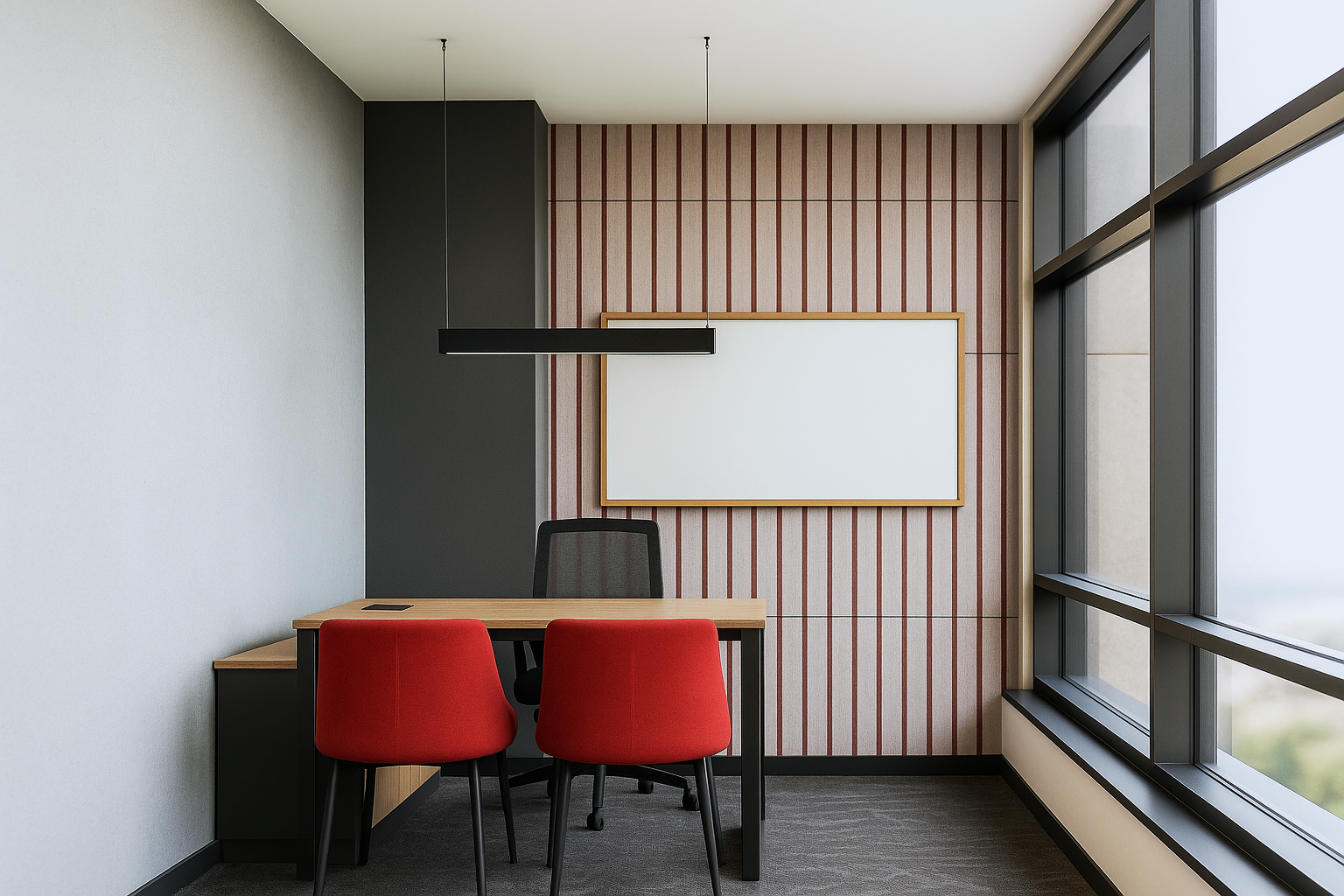Every day, contractors across Canada face the same infuriating challenge: they receive office space plans that look stunning in presentations but crumble under the weight of reality. These beautifully crafted renderings often ignore basic construction constraints, making promises to clients that no contractor can keep. The result is a cascade of problems including change orders, budget overruns, and tense relationships between all parties involved. Office space planning has become a source of contractor headaches rather than construction clarity.
Yet, when done correctly by a professional interior design team, office space planning transforms from obstacle to advantage. The difference lies in understanding that effective office interior design requires more than aesthetic vision. It demands construction knowledge, practical experience, and seamless collaboration between office interior designers and the teams who build their concepts.
The Foundation of Smart Office Space Planning
Professional office space planning begins with understanding the reality of construction. An experienced office interior designer knows that every design decision must account for structural limitations, mechanical systems, and building codes. This knowledge prevents the common scenario where contractors receive plans that specify impossible layouts or require costly modifications to existing infrastructure.
The best office interior design starts with comprehensive site analysis. Professional teams examine existing conditions, measure actual dimensions rather than relying on outdated blueprints, and identify potential obstacles before they become expensive problems. This thorough approach to office space planning ensures that commercial interior design concepts align with what can actually be built within budget and timeline constraints.
Modern office space planning also considers the evolving nature of work itself. With hybrid work models becoming standard, office interior design must accommodate flexible arrangements and changing occupancy patterns. According to recent industry data, office utilization has improved to 54 percent globally in 2025, up from 49 percent in 2024, but organizations are also raising their utilization targets to 79 percent. This creates pressure for more efficient office furniture design and smarter commercial interior design solutions.
How Professional Interior Design Teams Support Contractors
A professional interior design team operating as a design-build interior partner changes the entire construction dynamic. Instead of receiving incomplete specifications and ambiguous details, contractors work with office interior designers who understand construction realities from the ground up. This collaboration eliminates the guesswork that traditionally plagues office interior design projects.
Professional office space planning involves contractors in the design process from day one. The office interior designer consults with trades about feasibility, timeline implications, and material availability before finalizing any commercial interior design decisions. This early collaboration prevents the cascade of problems that occur when office furniture design specifications conflict with installation realities.
Consider a recent project where an office interior designer specified custom millwork that appeared achievable in drawings but required specialized installation techniques not available within the project timeline. A design-build interior partner would have identified this issue during planning, working with contractors to develop alternative office furniture design solutions that maintained the aesthetic vision while respecting construction constraints.
Professional teams also provide detailed technical drawings that eliminate ambiguity. Office space planning documents include precise dimensions, material specifications, and installation sequences that allow contractors to price accurately and build confidently. This level of detail extends to office furniture design, where every piece is specified with delivery schedules, installation requirements, and connection details clearly documented.
Real-World Examples of Effective Collaboration
Successful office interior design projects demonstrate how proper office space planning benefits everyone involved. In one Toronto project, an office interior designer worked closely with contractors to develop a modular commercial interior design system that could be installed in phases without disrupting ongoing business operations. The office furniture design incorporated flexible elements that could be reconfigured as the company grew, providing long-term value while meeting immediate construction constraints.
Another example involved an office space planning challenge where existing mechanical systems limited ceiling heights in certain areas. Rather than ignoring these constraints, the design-build interior partner developed creative office interior design solutions that highlighted the lower ceilings as architectural features while ensuring all office furniture design elements fit comfortably within the available space.
These projects succeeded because the office interior designer understood that great commercial interior design must work within real-world limitations. The office space planning process included detailed coordination meetings where contractors could raise concerns and suggest improvements before construction began.
The Technology Integration Challenge
Modern office interior design increasingly requires sophisticated technology integration, from wireless charging stations built into office furniture design to advanced audiovisual systems supporting hybrid meetings. Professional office space planning accounts for these requirements from the beginning, ensuring that electrical and data infrastructure can support the planned technology without extensive modifications.
A skilled design-build interior partner coordinates with electrical contractors to confirm that power requirements for modern office furniture design are achievable within existing building capacity. This coordination prevents the common problem where beautiful office interior design concepts require electrical upgrades that weren’t budgeted or scheduled.
Material Selection and Availability
Professional office space planning considers material lead times and availability as core design constraints. The office interior designer maintains current knowledge of supply chain realities, ensuring that specified office furniture design and commercial interior design materials can be delivered when needed for construction schedules.
This practical approach to material selection extends beyond basic availability. Professional teams understand regional building codes, sustainability requirements, and maintenance implications of their specifications. Office interior design decisions are made with full awareness of how these choices impact contractors and long-term building performance.
The Budget Reality Check
Effective office space planning includes realistic cost estimation from the earliest design phases. The design-build interior partner approach ensures that office interior design concepts align with available budgets rather than requiring value engineering exercises that compromise the vision.
Professional teams provide contractors with detailed cost breakdowns for office furniture design and commercial interior design elements, allowing for accurate bidding and preventing the budget surprises that often plague construction projects. This transparency builds trust and enables better project planning for all involved parties.
Frequently Asked Questions (FAQ):
How early should contractors be involved in office space planning?
Contractors should be involved from the initial design phases when working with a design-build interior partner. This early involvement in office interior design prevents conflicts between design concepts and construction realities, ensuring smoother project delivery.
What makes office furniture design particularly challenging for contractors?
Office furniture design challenges include delivery coordination, assembly requirements, technology integration, and ensuring pieces fit through building access points. Professional office space planning addresses these issues before construction begins.
Why is office space planning more complex now than in the past?
Modern office interior design must accommodate hybrid work patterns, advanced technology integration, and changing employee expectations. Professional teams understand these evolving requirements and plan accordingly.
The evolution of office space planning reflects broader changes in how we work and build. Contractors who partner with professional interior design teams positioned to handle these complexities will find themselves better equipped to deliver successful projects that satisfy clients and respect construction realities.
Key Takeaways
- Professional office space planning prevents construction problems by considering building constraints from the design phase
- Design-build interior partner models eliminate communication gaps between office interior designers and contractors
- Early contractor involvement in office interior design prevents costly changes and delays
- Technology integration requires coordinated planning between office furniture design and building systems
- Material selection must account for availability, codes, and long-term performance
- Realistic budgeting prevents value engineering compromises that damage project quality
- Flexibility in commercial interior design accommodates changing workplace needs and construction realities
Future-Proofing Through Smart Planning
The most effective office space planning anticipates future changes in how spaces will be used. With workplace patterns continuing to evolve, professional office interior design incorporates flexibility that allows spaces to adapt without major construction. This forward-thinking approach to commercial interior design and office furniture design provides lasting value while making initial construction more straightforward.
Modern office space planning also considers sustainability requirements that are becoming standard in commercial construction. The design-build interior partner approach ensures that environmental goals are integrated into construction planning rather than added as afterthoughts that complicate building processes.
Working with professional interior design teams who understand construction realities transforms office space planning from a source of contractor frustration into a competitive advantage. When office interior designers and contractors collaborate effectively, the result is commercial interior design that delivers on its promises while respecting the practical requirements of successful construction.

